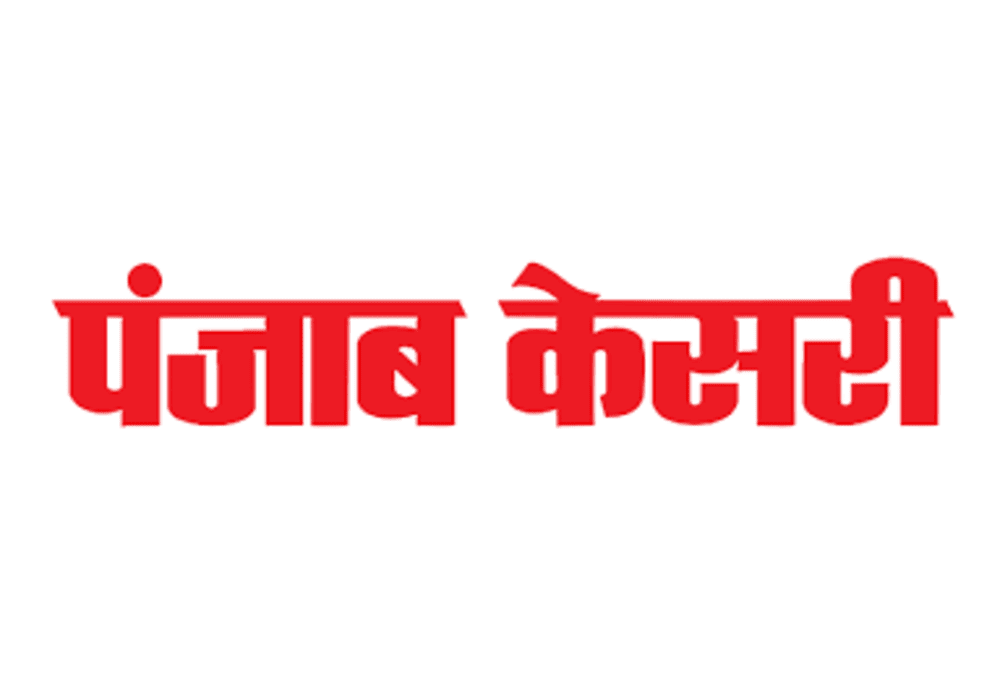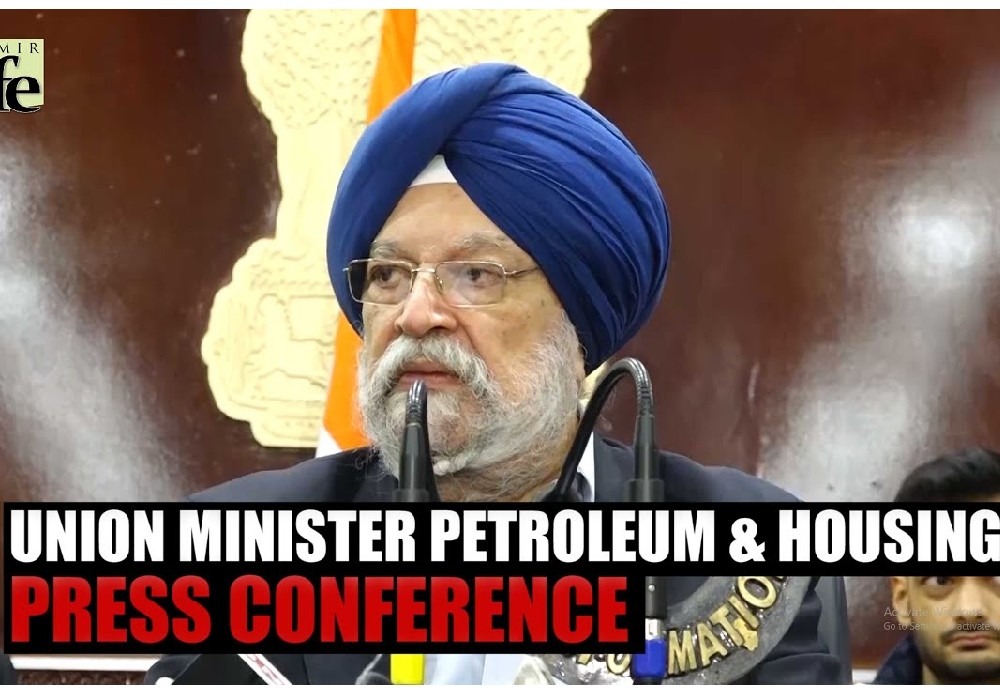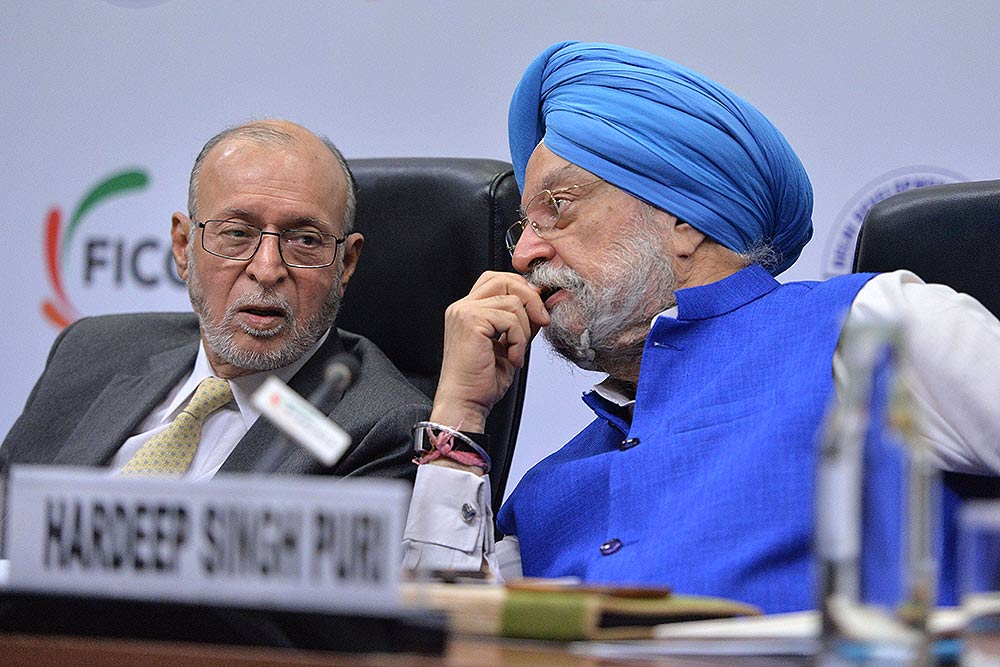‘URBAN RENEWAL SCHEMES KEY TO INDIA’S TRANSFORMATION’
Hardeep Singh Puri is a distinguished former diplomat. Many people were surprised when he was chosen to head the Housing and Urban Affairs Ministry. But, Puri has a number of plans, and he is proceeding at a breakneck speed to implement PM Narendra Modi’s flagship programmes. Excerpts from a conversation with BW Smart Cities’ Suman K Jha.
Were you surprised when you were chosen to head the Housing and Urban Affairs Ministry? You are after all a distinguished diplomat.
Well, I would not use the word surprise. All I can say is that it is a great honour and a privilege to be inducted into the council of ministers. But If I had to think as to what kind of ministry I would get, all I can say is that urban affairs is an issue which is very much a part of sustainable development goals the UN has negotiated in terms of 2030 agenda. And, in fact, urban local bodies cover 15 out of those 17 SDGs. So these are issues which I am familiar with. I am definitely very much excited and very positive in terms of challenges there.
There is a theory that you presented a paper which impressed the Prime Minister very much.
The distinguished members of the Fourth estate came up with all these theories. I have not presented any paper on anything. I have spoken on SDGs in different forms. I have written articles on the same as well. But, I did not prepare any paper as such.
How has this 100 day journey been for you?
Very eventful. We got a lot done. A lot of work has al-ready been done. We needed to continue the implementation process. We have also taken several new initiatives and are in the process of taking many others.
I am fully immersed in the issues and challenges which this ministry poses and I am now dealing with the details. There is never a dull moment. There is a lot going on in the Swachh Bharat Mission and a tremendous amount of activities in the Pradhan Mantri Aawas Yojna. We have increased the carpet area for MIG1 and MIG2. We took the decision to the cabinet and got approval for that. We are at a very advanced stage of implementing the Smart City Programme.
India is undergoing a very basic and fundamental transformation. The Prime Minister’s 3 flagship programmes i.e. -- Swachh Bharat, Housing for all (PMAY), and the Smart Cities Mission are the three main programmes around which transformations under my ministry will take place. These 3 schemes are interlinked and integrated. Today’s India is looking at the year 2030 when 600 million people will live in urban spaces. As I keep saying, we were de-industrialised as a result of the first industrial revolution which took place between 1750 and 1850.
When we are on the cusp of 4th Industrial revolution, which is all about urban services, we have to face those challenges whether you like it or not. But, I think it will be a ‘win-win’ situation for India. If you look at the history of other countries, like China, housing lifted the economic growth and has also got a fundamental trans-formative effect. A modern house will have a kitchen, a toilet and also have a title name in the name of the lady of the house which in turn provides dignity to the girl child. But, the number of houses that you are looking at is 10 million in terms of current deficit. The west calls us a reluctant urbaniser because they are comparing us to other countries like Mexico which have a much higher urbanisation rate. But, we are a larger country in terms of population base. The urban population is going to in-crease. If agriculture provides only 16% contribution to the GDP, obviously people living in rural will come to urban areas in search of jobs.
Why are we not talking about 500 smart cities (in-stead of just 100) when there are 4,000 cites?
If you are living in an ideal world where there are no constraint on resources, you should do that. 30 billion dollars have been set aside and more will come from PPP which is another 37,000 crore. I think the demonstrative effect of a 100 and ease of living with those 100 would in turn lead to more demand for smart cities. There is a lot of demand from the other cities as well. I would look at it in terms of blocks. Just now we are a 2 and a half trillion dollar economy with a per capita income of 2,000 dollars. If you grow at 6-8% which will happen, before too long we will have a per capita income of 5,000 dollars. And, if you have a 1.5 billion population of 5,000 dollars per capita in-come, you are already a 5-6 trillion dollar economy. Hence, that is how you do the quantum jump. There would be a little bit of struggles here and there because a lot of people are going to have difficulty in terms of mindset or lifestyle changes. But we do not have any choice. 70 years after independence we still are facing the issues of manual scavenging and open defecation. We need to move away from that. We have looked at 90 smart cities. Once we are over with 100, we will look at other cities as well.
Have fortnightly appraisals helped in expediting the missions and projects at hand?
The missions have an inbuilt momentum of their own. But, actually the appraisal cycle is monthly and these monthly reviews are basically designed to satisfy myself that the figures and progress are coming in. We now have an app where the figures of all the states and missions are updated on a daily basis. We are also doing state reviews. We are figuring out what are the innovations we can introduce in order to have a qualitative thrust improvement.
Are you confident of meeting the target of 30 lakh households which have been approved during for the period of 2015-21?
Yes, I am quite sure. When it was announced, it was confined only to Economically Weaker Sections (EWCs) and the lower income groups. The Prime Minister added MIG in December 2016. And now we have added the carpet area too. The actual target is housing for all by 2022. However, the scheme is valid till 2020 but, it will be extended.
The homebuyers are still not happy even after RERA, and other measures.
They should be thrilled because we did not have a regulator for 70 years. RERA is a real godsend for the homebuyers. We are also providing support to homebuyers who are also getting protection. Apart from RERA, there is GST, Demonetization, etc. But more than that, we have given infra status to affordable housing, there is Income Tax 81B, fiscal benefits which we have also given. I think the sector has been cleaned out. This is extremely important because the real estate sector used to be known for running a parallel economy.
What can be done to revive the housing sector of the Indian economy?
The housing sector will definitely be revived. The buzz in the market is that the future belongs to affordable housing. The sheer numbers, I am talking about 10 million houses in the current situation where you are looking at the 2011 study. But, 70% of the India of 2030 is still to be built. People will demand housing. The kind of innovative schemes the Government is providing such as land, credit linked subsidy schemes, etc. will make the sector attractive.
Why do you think that even the BJP-ruled states are dilly-dallying on RERA?
I would not say that. There are two things. We arrive at a judgement very hastily. RERA was not there for 70 Years. We have got RERA now, but, it was languishing for 8 years. It was effected only in May this year and it is still 7 months to arrive at any conclusion. I have been writing to the state governments to set up your RERA mechanisms and appellate tribunals. However, some states came under the influence of builders and tried to tweak the provisions on affordable housing and on on-going projects. The court is very clear and I am very clear about it though.
Many people feel that the Smart City Movement is slow.
It is not correct. It is just that people do not know enough about it. From the number of projects that are underway and tendering, it will be very clear soon that you are looking at huge amounts of money. When physical manifestations of schemes become clear, then people stop asking questions like this. A total investment of Rs. 1, 91,155 crores has been approved. It is just the start of the whole process. Smartness does not mean just Wi-Fi hotspots, but also integrated transport, cycle tracks, gardens and buildings, etc.
There are typical urban issues like women’s safety and pollution (in cities, and smart cities) which needs urgent attention that cannot be addressed by your ministry alone.
No, my ministry has to contribute to it. Let me put aside women safety for a moment. Housing, surveillance in Smart Cities, ensuring that there is a robust public transport system, surveillance, CCTV, etc., to address the women safety issues.
Let me take pollution. There can be many sources of pollution like coal-fired industries etc. Putting that aside, there are a lot of things which concern my ministry such as decongestion of Delhi. There was a decongestion report which was prepared in the year 2016. I am waiting for the Chief Minister of Delhi to act on it. Then there is the approval required for Metro Phase 4. I am waiting for the CM to send me the proposal. Then there is RRTS- Delhi Ghaziabad Delhi Metro. Look all of us are involved in this. I am disappointed if I find something wrong. None of this is no rocket science. There is a problem but, we know how to solve this problem. Thus, we need the cooperation of all the stakeholders.
Lastly, what do you think of the Delhi Metro Controversy?
There is no controversy. Anybody who suggests that this is a controversy is talking nonsense. Metro is a capital intensive asset. In order to build metro, you have to borrow money. For Delhi Metro, you have to borrow Rs. 28,000 crore which you have to pay back. Where is the controversy? You do not want to pay it back, then you are holding the rest of India to ransom. And that payment has to be paid back whether it is a PPP project or it is a Delhi Government or Central Government project. Hence, I think a lot of people have been falsifying the narrative. For 8 years, they did not raise the fare. If you raised it every year by 5 or 7%, nobody would have noticed it. This year also after 8 years you raise the fare, the first phase was 57%, nobody said anything. Two days before the second small raise has to be made, big noise is made. This is populist politics, which cannot go hand in hand with world class infrastructure. You want to make a case out of it where you need some form of state subsidy, etc. we can discuss that. Though, I have no control on that. Delhi Metro was set up many years ago and has to now pay back.

देश में एक करोड़ यात्री प्रतिदिन कर रहे हैं मेट्रो की सवारी: पुरी ..

Union Minister for Petroleum and Natural Gas and Housing and Urban Affairs, Hardeep Singh Puri addressing a press conference in ..

Joint Press Conference by Shri Hardeep Singh Puri & Dr Sudhanshu Trivedi at BJP HQ| LIVE | ISM MEDIA ..
(3).jpg)
"I wish a speedy recovery to former Prime Minister Dr Manmohan Singh Ji. God grant him good health," Puri wrote. ..